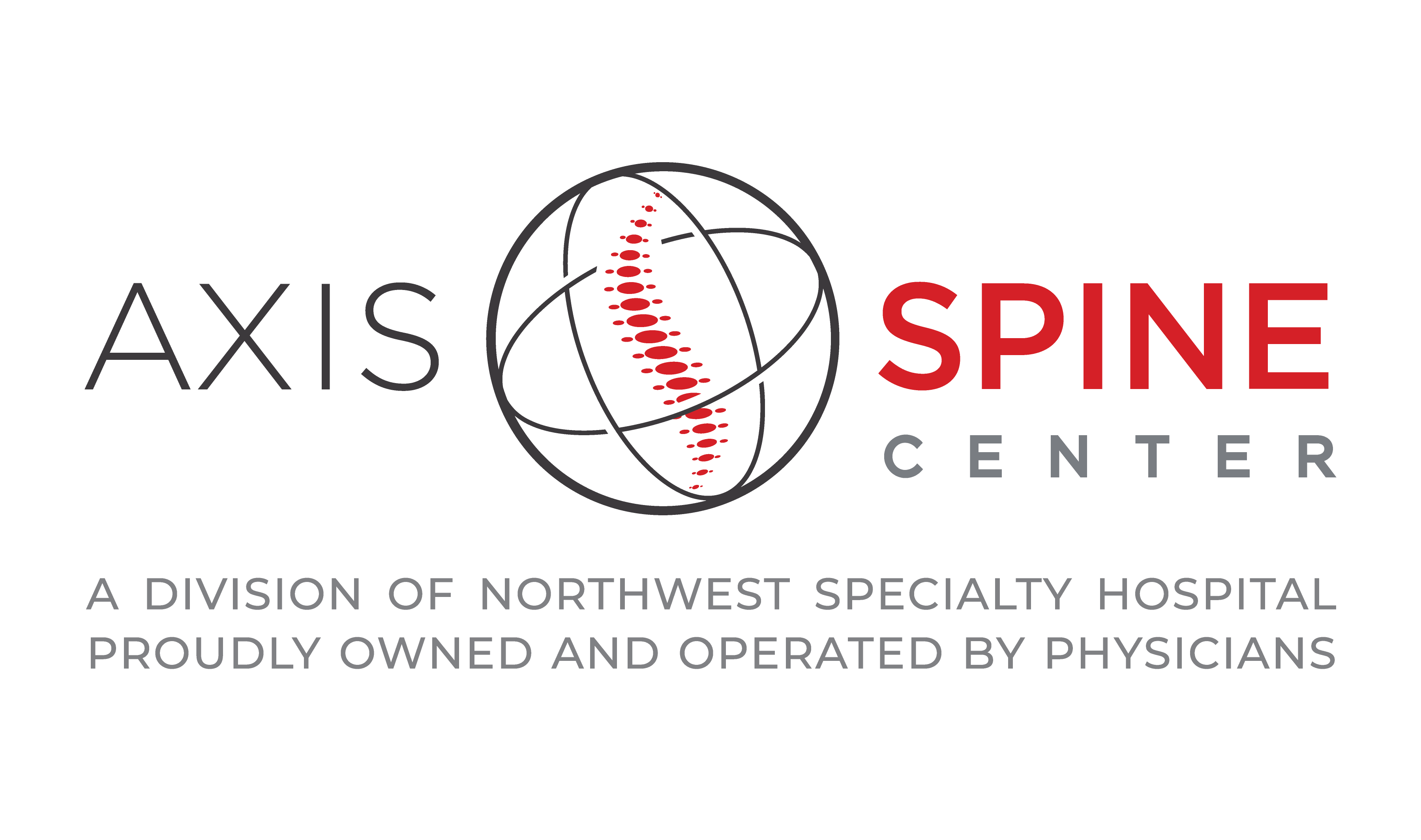
Cervical Medial Branch Block
For Chronic Neck Pain and Headaches
In addition to a few other procedures, cervical medial branch blocks are used to diagnose and treat neck, shoulder, upper back, and headache pain. These are outpatient procedures that don’t require a hospital stay or overnight visit.
Facet joints connect the bones in your spine called vertebrae. They help to guide your spine whenever you move. The cervical region is the neck area of the spine, which contains seven vertebrae. The facet joints, each about the size of a thumbnail, are located on both sides of the spine.
Cervical facet joints are named according to the vertebrae they connect and the side of the spine that they sit on. For example, the right C2-3 facet joint joins the second and third vertebrae on the right side of the spine. Medial branch nerves are found near the facet joints and they’re responsible for transmitting pain signals from the facet joints to your brain.
If a cervical facet joint is injured, it may cause you pain. This pain can be mild, like everyday muscle tension, or more severe. The injuries that cause cervical facet joint pain can occur in two places: the cartilage inside of the joint or the connecting ligaments surrounding the joint.
Depending on which facet joints are affected, pain can occur anywhere from your head to your lower shoulder blades. Our diagram outlines areas of pain that are usually associated with specific joints.
During a cervical medial branch block, a local anesthetic is injected near the medial branch nerve to stop the transmission of pain signals from affected facet joints. If this first injection reduces your pain and increases the range of motion in your neck, it may tell your doctor which facet joint is causing your pain, and help them develop the right course of action moving forward.
Once your skin is sufficiently numbed, your doctor will insert a small needle into the area near your medial branch nerve. A specialized type of x-ray called a fluoroscopy will be used to ensure the safe and proper positioning of the needle. Additionally, a dye will be injected to make sure the needle is entering at the correct spot. After your doctor is sure that the needle is correctly placed, the anesthetic will be injected.
After your injection, you’ll be monitored for up to half an hour. Once you’re cleared to leave, our staff will provide you with discharge instructions and a pain diary. You must fill out the pain diary so your doctor can track your progress and make sure that the injection is working.
Once you’re feeling up to it, it will be helpful to cautiously move your neck in ways that would hurt prior to the injection to see if the pain still occurs. Be careful not to overdo it; take it easy for the rest of the injection day, even if you feel immediate relief.
You may feel instant pain relief and numbness in your neck after the injection, which indicates that the medication has reached the right spot. If you are planning to return to work the day after your injection, check with your doctor first. They may recommend a personalized recovery period.
Depending on the amount of inflammation and the number of areas involved, the extent and duration of your pain relief may vary. We will also evaluate to see if there are coexisting factors that are responsible for or contributing to your pain. If your pain dissipates for a short amount of time before returning, you may be a candidate for radiofrequency ablation (RFA) of the medial branch nerve. This procedure provides a more sustained disruption of pain signals and often offers prolonged pain relief.
